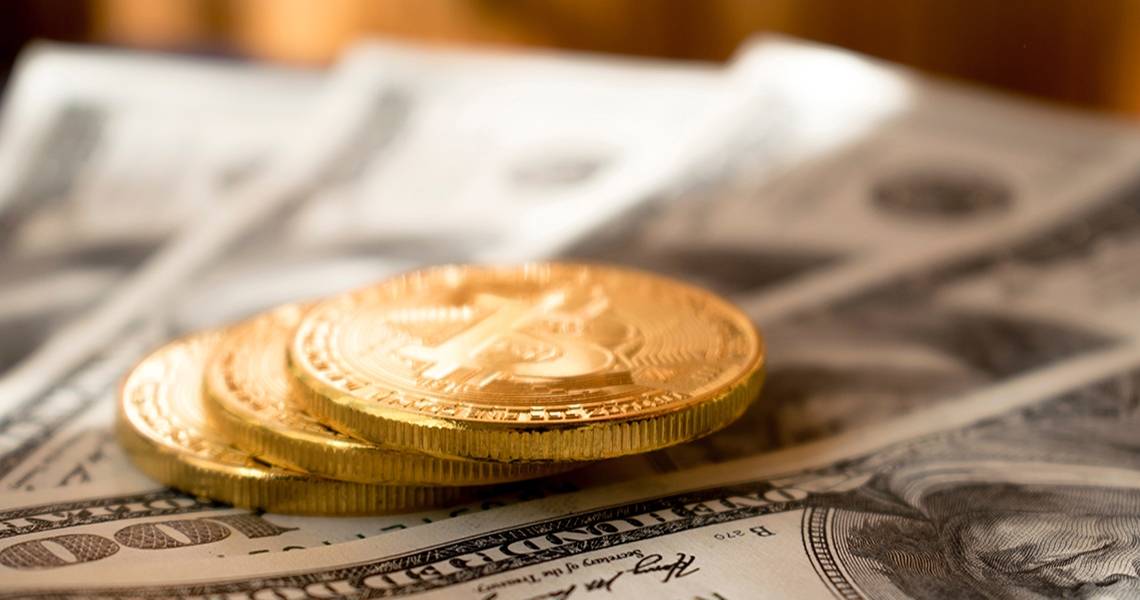Block Chain in Retail
I was having lunch with a friend recently, a bright individual that was interested in understanding what block chain and cryptocurrency was all about. Not a technical person, but curious to understand this tsunami of a technological development through my eyes. Even though that seems like a tall order, our conversation started in earnest when my chicken Caesar salad hit the table. I wove together the story of asymmetric and symmetric encryption algorithms, cryptographically secure hash algorithms, the block chain storage model, and the distributed ledger concepts that Bitcoin nearly perfected. By the time we finished, my chicken was no longer steaming from the grill, but it wasn’t cold, either.
The point here is to highlight that as a technologist, it’s somewhat rare to encounter an entirely new technology. That point is often lost, and it tends to obscure the simplicity of innovation to which developments in block chain technology, artificial intelligence, and social networking serve as reminders. Put another way, the ingredients in that Caesar salad aren’t new. But the first time they came together, they became something much more than their parts.
Brands & Block Chain
I recently read an article titled How an Outdoor Retail Brand Leveraged Cryptocurrency to Engage Young Consumers by Kaleigh Moore, a contributor at Forbes covering the retail, e-commerce, and direct-to-consumer business. The examples she brought together showed how brands and retailers are leveraging block chain in some very innovative ways. Individually, those announcements blend into the myriad of stories about how everyone is trying to use block chain for something. But when we are afforded a step back to see how an entire industry is using something like block chain, we are reminded that just as cryptography and other technologies support block chain and cryptocurrency, that block chain has become its own ingredient in some very clever recipes. In retail, we see it as a main ingredient in the case with establishing provenance, and as a garnish, used to develop brand recognition.
Provenance is important to high-end brands, as counterfeit versions of their goods are common. It’s the ability to determine that an article is in fact a genuine specimen of the brand. Provenance is an important component of memorabilia and antiques for the same reason. If we consider the ability to identify fraudulent goods as the base function here, we can see that it is not unlike the ability to identify fraudulent transactions, such as money transfers.
Verifying Authenticity with Cryptocurrency
Cryptocurrency has this feature built-in as part of the distributed ledger aspect of its design. It follows logically that the same mechanisms that can verify with near absolute certainty that currency transfers have not been altered could easily be used to verify the ownership history of an article, from its production to its current owner. There are some innovations we’re seeing in the way the physical good is linked to its digital representation. That is, how can data stored in a block chain and protected by its distributed ledger capabilities be reliably linked to the physical good it represents? That is the nature of innovation surrounding block chain technologies applied to provenance. But it is the underlying features of the distributed ledger that make it work.
Simply put, that aspect of the block chain ecosystem is based on so many independent entities acting in their own self-interest to verify a block of transactions, they form a distributed consensus of what those transactions are. Any attempt to fraudulently revise that after the fact would be require a conspiracy of such magnitude that it is effectively impossible to achieve. In terms of “their own self-interest” for the Bitcoin case, every time a block of transactions is verified, the entity that correctly verifies it is awarded a bitcoin. As of today, that is valued at a little over $10,000 US. A block is verified approximately every 10 minutes on the Bitcoin chain. The size of the opportunity for counterfeiting goods is infinitesimal compared to the opportunity to earn a bitcoin, both in terms of the monetary value but more importantly in terms of the size of the population that has the resources to participate.
Brand Recognition
I had characterized the brand recognition play as using block chain as a “garnish”, but I believe the innovative thinking involved in this play is just as impressive, so don’t construe it as a diminutive. In this case, brands are taking a fresh look at an age-old question: where is my consumer and what is the best medium to use to punch through the noise? Years ago, young consumers were on the radio, listening to popular programming. That’s where brands put their dollars. Of course, this has changed constantly over the years. In today’s day and age, offering products via a cryptocurrency whose value is fixed to the product the brand wishes to promote lights a young, modern, savvy consumer on all sides, as that is the vast majority of people that would love to exchange a crypto coin for a backpack. Genius. It is the unexpected combination of ingredients, to create something entirely new, that makes the maturation of a technology like block chain so inspiring to be a part of. Yet, it’s uninspired leftovers that litter the road with ill-conceived technologies and ill-advised investments.
In my role as advisor, I spent a fair amount of time like I did at lunch: cutting through the hype and explaining technology in understandable ways. Aside from the technology skills I have developed, it is perhaps my most practiced skill. It should be the mandatory expectation for all those who look to us, the professionals in this industry to help them make informed decisions. It should be as easy as ordering off a menu, because not everyone can be a chef, but everyone enjoys what an exceptional one can create for them.


